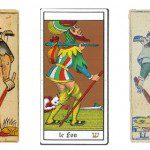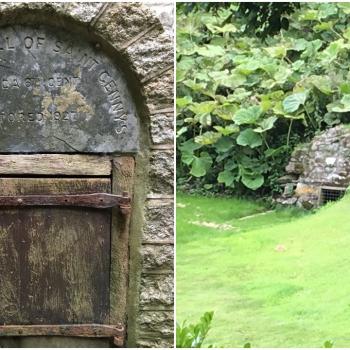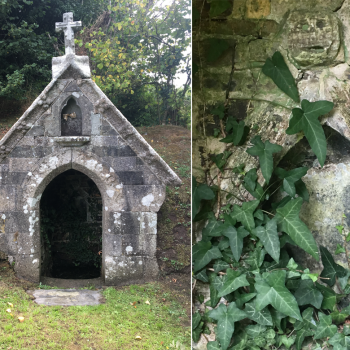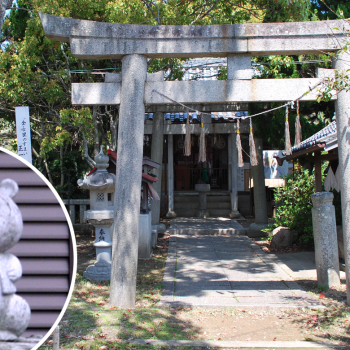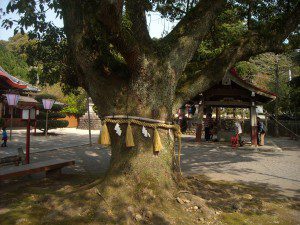
2. Shinto is centred on the veneration of kami
The word “shintō” in kanji is 神道, where 神 is often translated as “god,” and 道 as “way” – hence, Shinto is sometimes called “way of the gods” in English. The first character 神, on its own, is pronounced kami. Although “god” or “deity” is a common translation of “kami,” the term is perhaps a little broader. While kami sometimes fit our usual idea of gods, like the Greek gods with their own names and distinct identities, kami can also more closely resemble the numerous spirits of animistic traditions. Many kami are considered to be the ancestors of Japanese clans. I’ve heard some interpret kami to be more abstract, as the idea of divine energy like the Polynesian concept of mana, or in a more pantheistic way considering the whole Universe to be kami. Indeed, trying to define “kami” is worthy of a whole article in itself.
Kami can reside in almost anything in nature; an object in which a kami dwells is called shintai. Shintai in nature may include rocks, trees, waterfalls, animals and even people. Perhaps the most famous shintai of all is Mt Fuji. The abundance of kami means that Shinto is very much a nature-based religion, just like Neopaganism.
Kami can also be invited to enter man-made objects; this is the basis for most Shinto shrines, which house shintai of this sort. Shinto shrines can be tiny, designed for private worship in the home – these are called kamidana. Large shines consisting of one or more buildings that members of the community can visit are called jinja. Whatever their nature, shrines must be treated with great respect to ensure the continued blessings of the kami – they must be kept clean and tidy and regular offerings of food and drink should be made to the kami.

